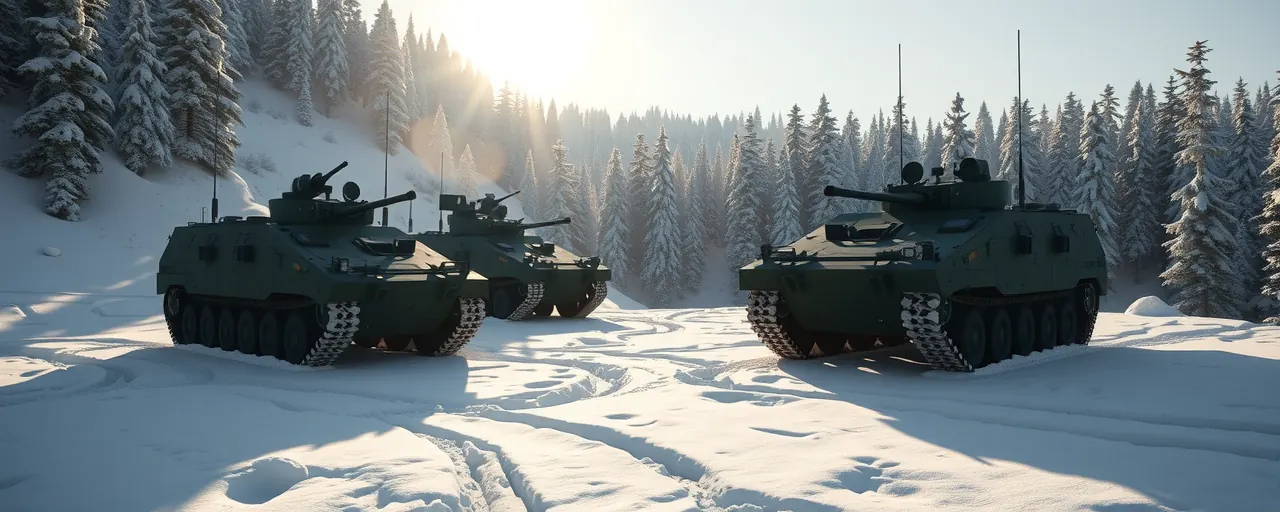A Call to Action for NATO's Survival
The world is watching NATO, and the stakes couldn't be higher. On June 5, 2025, in Brussels, Defense Secretary Pete Hegseth and NATO Secretary General Mark Rutte delivered a stark message, urging every ally to boost defense spending to 5% of their GDP. This demand reflects the urgent need to confront aggressors like Russia, China, and Iran, who threaten the stability of free nations.
Hegseth didn't mince words. He insisted that every nation contribute fully to deter threats ranging from cyberattacks to territorial invasions. Unity, NATO's strength, requires shared sacrifice. Why do American families bear the cost of global security while others hesitate?
Rutte reinforced this point, highlighting the upcoming Hague summit on June 24-26, where leaders will finalize spending plans. Protecting one billion people across NATO territory demands serious investment. The time for excuses has passed.
Facing a World of Growing Dangers
Russia's 2022 invasion of Ukraine exposed the boldness of anti-Western powers. China's cyber espionage, Iran's missile proliferation, and North Korea's nuclear ambitions form a coordinated challenge to freedom and sovereignty. These threats disrupt trade, spike energy costs, and endanger lives.
History offers clear lessons. From the Soviet Union's Cold War aggression to Putin's 2014 Crimea annexation, adversaries exploit weakness. Today's threats are more complex, with Beijing's South China Sea expansion and Tehran's proxy wars. NATO requires robust air defense, cyber capabilities, and logistics to stay ahead.
Hegseth's 5% GDP target is ambitious and necessary. Poland's 4.12% and Estonia's 3.43% show it's achievable. If they can prioritize defense, why can't others? The U.S., at 3.38%, deserves partners who match its commitment.
Fair Contributions, Not American Dependence
America has long anchored NATO, funding over 70% of its budget during the Cold War. That model no longer works. Hegseth's push for equitable contributions ensures Europe takes responsibility for its security, freeing U.S. resources to address China's growing influence in the Indo-Pacific.
Some suggest NATO prioritize diplomacy or climate initiatives over military spending. Those ideas have merit, yet miss the point. Diplomatic talks didn't halt Russia's tanks, and climate policies won't stop Iran's drones. Only a strong defense enables meaningful negotiations.
The NATO Defence Planning Process is aligning national investments with critical needs like missile defense and joint readiness. Every ally must step up to close these gaps, ensuring the alliance remains a credible deterrent.
What's at Stake for Everyday People
This debate affects more than just policymakers; it impacts your daily life. A weak NATO invites aggression, disrupts supply chains, and raises costs for fuel and goods. When allies underfund defense, America's burden grows, straining resources needed for schools, hospitals, and infrastructure.
Hegseth's vision of peace through strength is grounded in reality. A 5% GDP commitment ensures every ally invests in deterrence, not reliance. Nations like Poland and Latvia understand this. Why do your taxes support countries that don't prioritize their own security?
Seizing the Opportunity at The Hague
The Hague summit is a pivotal moment for NATO to recommit to strength and unity. Allies must outline clear budgets and timelines, as Hegseth and Rutte urge. This involves building a resilient alliance capable of facing modern threats, not pointing fingers.
Those who argue for softer measures may contend that 5% is unrealistic, advocating for cyber cooperation. Those efforts matter, yet they do not replace the need for hard power. NATO's plan for 3.5% core military spending and 1.5% for infrastructure is a step forward; 5% remains the ultimate target.
America stands ready to support its allies; it will not carry the load alone. Hegseth's message resonates: contribute fairly, or risk a world where aggressors prevail. NATO's future depends on bold action now.
